[Editorial] Oil and dollar
Be wary of critical fluctuations in exchange rates
By 조혜림Published : March 25, 2016 - 16:02
Recent volatility in the Korean won appears to be confusing a variety of parties such as currency dealers, exporters, importers and capital market investors. Korea’s central bank is also presumed to have been troubled by the unforeseeable situation.
So far this year, the local currency has had a broader amplitude between strong and weak positons in a short period, being swayed by a tug-of-war between international crude oil prices and the U.S. dollar.
Uncertainty seems to nearly be maximized about directions of crude prices and timing of the Federal Reserve’s rate hike. Compared to the end of 2015, the local currency lost 5.4 percent in the first two months to hover at 1,240 won per dollar, and gained 6.6 percent in less than a month to trade at 1,160 won early this week.
But it again slid against the dollar for the third consecutive session to finish at 1,169.2 won on Friday amid projections the U.S. Fed could raise the base rate in April.
Generally, oil prices are in inverse proportion to the dollar’s value as the greenback is the only settlement currency for the crude trade. The two indices -- oil and dollar -- are switching their positions too frequently.
With a series of weekly or daily flipping-overs between them happening since January, the trend was as follows.
Crude prices rapidly climbed during some trading sessions by an Organization of the Petroleum Exporting Countries official’s remarks suggesting an output reduction or freeze despite low feasibility, which pulled down the dollar’s value against major currencies.
In contrast, crude prices plunged some sessions when the U.S. unveiled huge sums of oil inventory or a major crude producer took an uncooperative stance over curbing global output. In that case, the dollar gained as an adverse effect.
For the capital market, these steep ups and downs have been making investors less confident, though foreigners bought shares worth 3.8 trillion won ($3.24 billion) on the Korea Exchange over the past month leading the main equity index’s growth by about 8 percent. After touching 1,835.28, the KOSPI is trying to break the 2,000 barrier.
The inbound investors, who are estimated to have bet on the higher value of the won-denominated assets on a weakening dollar, may pull out their investment if the possibility of a rate hike in the U.S. grows in the coming weeks.
While the Washington-based Fed is scheduled to set the base rate during its April 26-27 meeting, a prior determining point would be seen at the gatherings of about 15 OPEC and non-OPEC countries slated for April 17 in Doha, Qatar.
Oil prices could shoot up or fall in a nosedive according to the coming result between an output freeze, which is regarded as de facto reduction, and the breakdown of their negotiations.
Aside from small investors, local exporters and importers should take a more cautious status amid the two big uncertainties. Any impetuous trade deals without security measures, like a foreign exchange hedge, could bring about great foreign exchange losses on their trades.
So far this year, the local currency has had a broader amplitude between strong and weak positons in a short period, being swayed by a tug-of-war between international crude oil prices and the U.S. dollar.
Uncertainty seems to nearly be maximized about directions of crude prices and timing of the Federal Reserve’s rate hike. Compared to the end of 2015, the local currency lost 5.4 percent in the first two months to hover at 1,240 won per dollar, and gained 6.6 percent in less than a month to trade at 1,160 won early this week.
But it again slid against the dollar for the third consecutive session to finish at 1,169.2 won on Friday amid projections the U.S. Fed could raise the base rate in April.
Generally, oil prices are in inverse proportion to the dollar’s value as the greenback is the only settlement currency for the crude trade. The two indices -- oil and dollar -- are switching their positions too frequently.
With a series of weekly or daily flipping-overs between them happening since January, the trend was as follows.
Crude prices rapidly climbed during some trading sessions by an Organization of the Petroleum Exporting Countries official’s remarks suggesting an output reduction or freeze despite low feasibility, which pulled down the dollar’s value against major currencies.
In contrast, crude prices plunged some sessions when the U.S. unveiled huge sums of oil inventory or a major crude producer took an uncooperative stance over curbing global output. In that case, the dollar gained as an adverse effect.
For the capital market, these steep ups and downs have been making investors less confident, though foreigners bought shares worth 3.8 trillion won ($3.24 billion) on the Korea Exchange over the past month leading the main equity index’s growth by about 8 percent. After touching 1,835.28, the KOSPI is trying to break the 2,000 barrier.
The inbound investors, who are estimated to have bet on the higher value of the won-denominated assets on a weakening dollar, may pull out their investment if the possibility of a rate hike in the U.S. grows in the coming weeks.
While the Washington-based Fed is scheduled to set the base rate during its April 26-27 meeting, a prior determining point would be seen at the gatherings of about 15 OPEC and non-OPEC countries slated for April 17 in Doha, Qatar.
Oil prices could shoot up or fall in a nosedive according to the coming result between an output freeze, which is regarded as de facto reduction, and the breakdown of their negotiations.
Aside from small investors, local exporters and importers should take a more cautious status amid the two big uncertainties. Any impetuous trade deals without security measures, like a foreign exchange hedge, could bring about great foreign exchange losses on their trades.


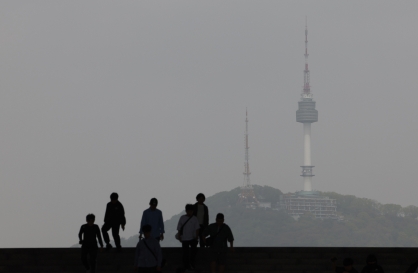
![[AtoZ Korean Mind] Does your job define who you are? Should it?](http://res.heraldm.com/phpwas/restmb_idxmake.php?idx=644&simg=/content/image/2024/05/06/20240506050099_0.jpg&u=)

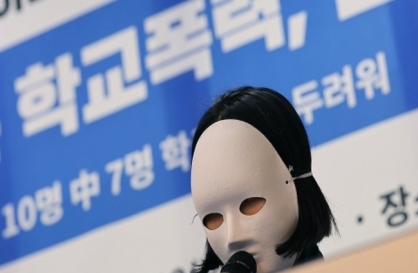
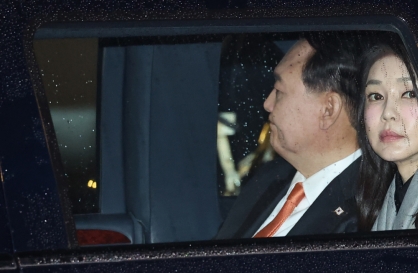







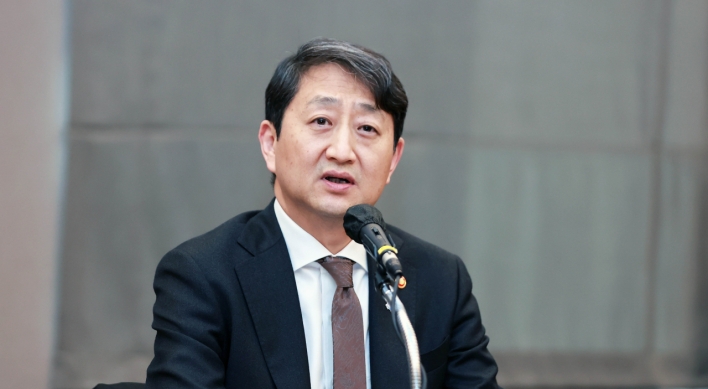
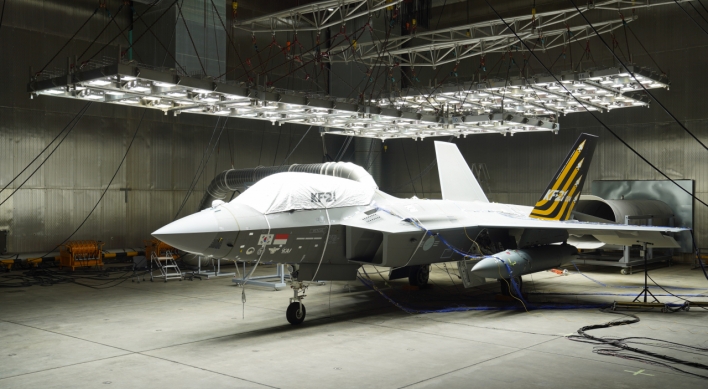
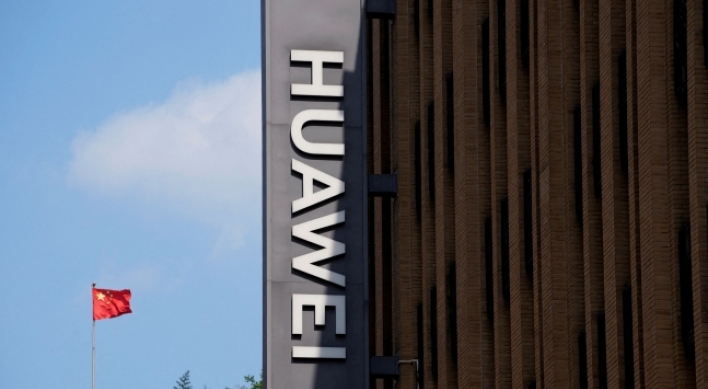

![[K-pop's dilemma] Is Hybe-Ador conflict a case of growing pains?](http://res.heraldm.com/phpwas/restmb_idxmake.php?idx=642&simg=/content/image/2024/05/07/20240507050746_0.jpg&u=)